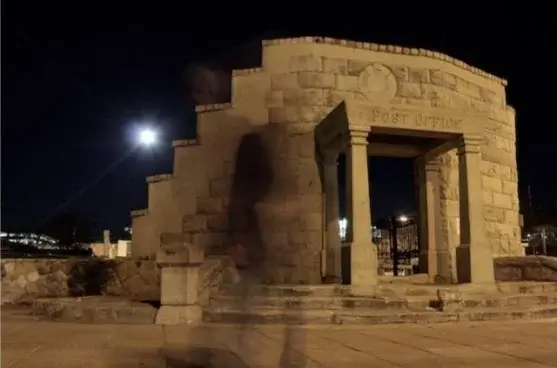Lesotho is known as a small landlocked country surrounded by South Africa. It has made its own strides in industries such as construction and tourism. It went as far as introducing its own currency, the Loti plural Maloti, which is equivalent to the South African Rand. Lesotho is noted for spending a higher percentage of its Gross Domestic Product towards education with the average child spending a decade in school.
The education system has been reformed a few times and its focus is around students learning crucial skills such as mathematics, science and technology with no specific budget going towards students learning the arts. Granted, disciplines of Art such as music, dance, and literature have a great history but at some point they have remained the same when compared to other sectors which have advanced in the country. This generation of artists are working to change that for the visual arts.

Photography has come a long way since men on the streets show people unsolicited pictures they have taken of them as a way of marketing their skills. Lesotho hasn’t experienced much of a problem in the rise of popularity in photography either because, like any other place in the world, the country likes to take pictures of its momentous occasions. Photographers such as the late Hlompo Letsielo found that for photographs which are not politically affiliated at first glance, there is the posed question of the quality and worth of the art.
Therefore, photographers are more inclined to pursue advertising, weddings, and events because these pay instantly and they are able to make a living out of them. Only a few are confident enough to capture images that reveal or confront uncomfortable topics such as poverty, political turmoil, and unemployment.

On the other hand, Khotso Mda was born in Maseru, Lesotho in 1981 and he still lives and works there. His painting, African Comb, has been said to have changed the way consumers of art see African art. With a painting of a comb, that which is sometimes called ‘afro comb’, the context is that of African hair – something that is the livelihood of black African people – as determined by African artists. For Lesotho, this is a statement in the arts, a small country which has artists who are interested in the narratives they send out into the world about their artistic capabilities. This is art is contemporary and it is related to the art being pursued by the rest of the African continent.


